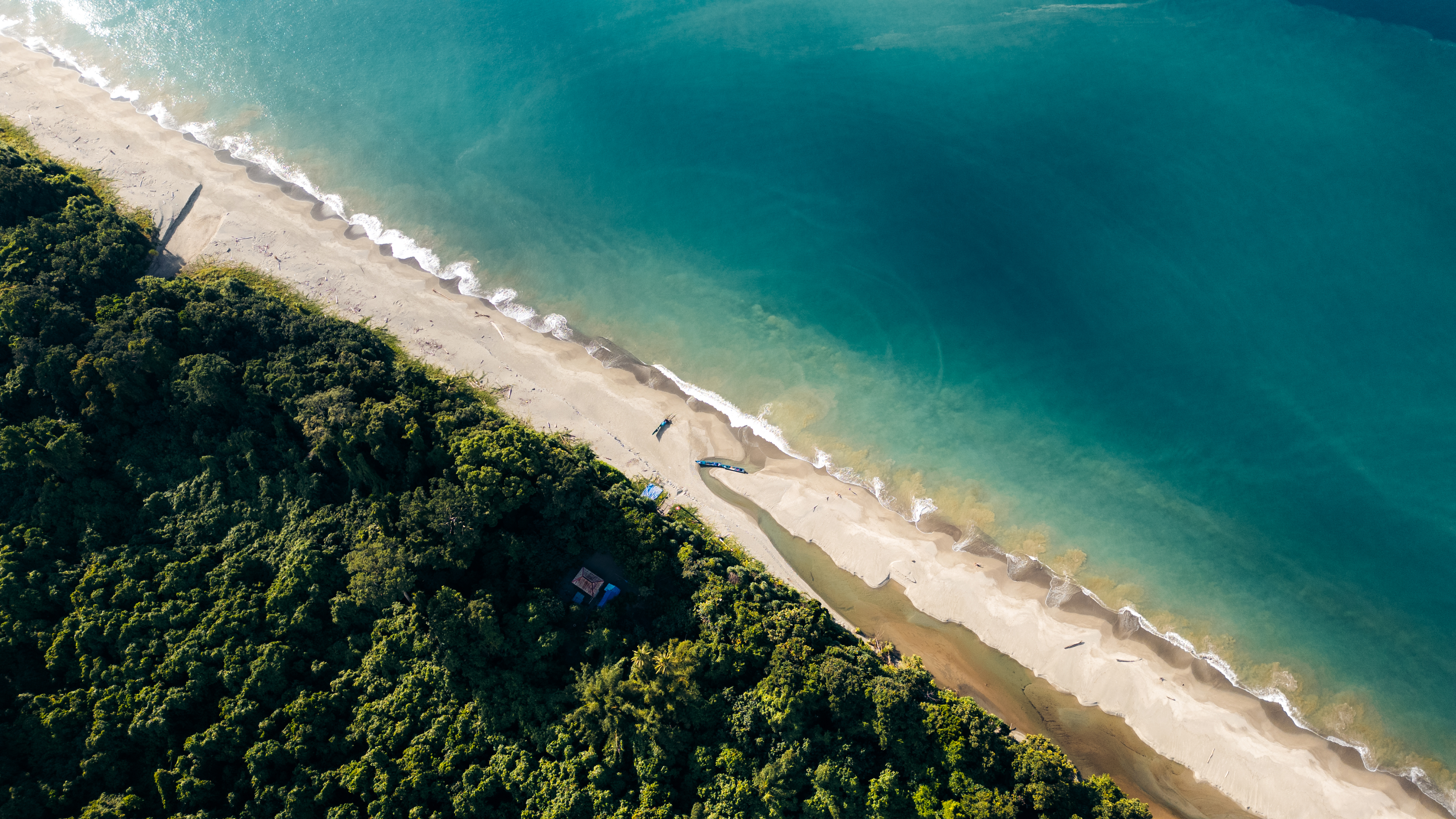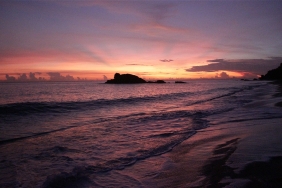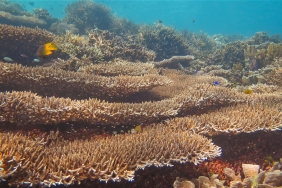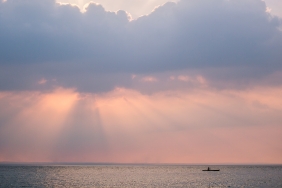IF WE COULD TALK
By: Ira (Halu Oleo University)
Today, as usual, we played happily in the sun. The movements of the waves that reached the shore, did not disturb our existence.
I am one of the shells. My kind is a little special from the others. Because of the size of my body, I belong to a large clam species. Humans used to call us, clams. The size of my shell can reach one meter.
My kind is divided into 7 types, and spread throughout Indonesia, namely Tridacna gigas, Tridacna derasa, Tridacna maxima, Tridacna sqamosa, Tridacna crocea, Hippopus porcelanus, and Hippopus hippopus.
What distinguishes our species is the shape of the shell. I belong to the clam species Tridacna crocea. Because my body size is smaller than other species, I always put part of my body into the rock. Only the opening of my coat is visible from the outside. I am known as the driller clam.
Our presence in the sea is easy to find because our very large and heavy shells make it impossible for us to move. We are mostly on coral reefs.
Some are lying between the corals, and some go all the way into the corals. Our striking coat color makes us easy to find. On the surface of our coats, algae called zooxanthellae are attached.
Today, our presence is decreasing, including in the waters of Southeast Sulawesi where the expedition team collected data. In fact, our existence is no less important than the coral reefs that are currently protected.
Our presence can help coral reefs, because we can make ocean waters clear. We can clean tons of seawater every day, so corals can grow well. When the coral is healthy, the fish are happy to gather to feed in the area. Fishermen no longer look for fish to far places.
The eggs that we release into the water can also become a source of protein food for fish and other marine life.
We always release as many eggs as possible, even thousands, because the risk of our success to live is very small. A single Tridacna gigas can lay more than 500 million eggs.
Our slow growth rate makes it difficult for us to thrive. In one year, we can grow anywhere from 5 to 8 cm. You can imagine how difficult it is for us to grow to a large size.
Although, allegedly, our lifespan can reach several hundred years. Hopefully, in the years to come, clams will still be able to talk like this, thanks to captive breeding and restocking efforts, which have kept us alive.





